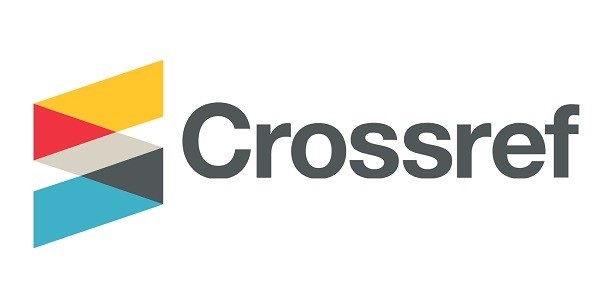MINIMALLY PROCESS PADA DAUN KALE (Brassica oleracea var. acephala)
Abstract
Horticulture is a commercial commodity with high economic value, one of which is kale leaves. Rumah Sayur Cisarua is a brand from the Sinar Mukti Farmers Group which markets kale leaves to Singapore. Information from partners, kale leaves experience a decrease in freshness in just 6-8 hours after arriving in Singapore. This study aimed to obtain a minimally process design for kale leaves so that the quality and freshness can be maintained during distribution to consumers, and can be applied at Rumah Sayur Cisarua. The minimal process on the selected kale leaves was carried out by hydrocooling with various soaking times of 5, 8 and 11 minutes. Furthermore, the kale leaves were stored in two storage schemes, namely (a) room temperature (20-25oC) and (b) room temperature (20-25oC) for 5 hours and continued in a showcase (5-8oC). Kale leaves stored in the first storage scheme experienced a change in leaf colour on the first day, while those stored in the second storage scheme experienced a change in leaf color on the fourth day. The length of soaking time chosen by the partners was 11 minutes with storage in the second scheme, due to the fresh appearance of the kale and the lower weight loss compared to the other soaking times. The additional cost required for the hydrocooling process of 50 kg of kale leaves is IDR 139,129.00 and the profit that partners get is 60%.
Keywords : hydrocooling, minimally process, kale leaf
_page-00013.jpg)






